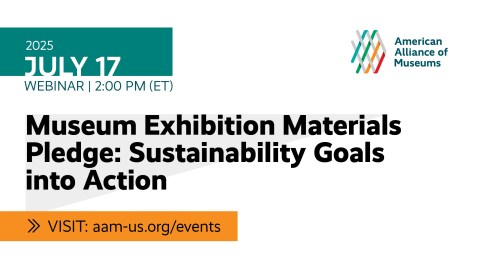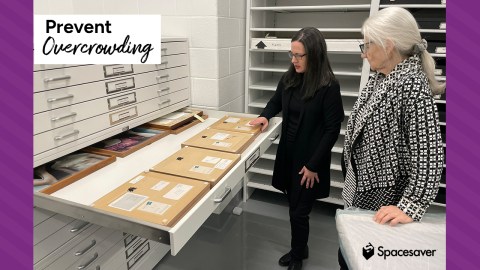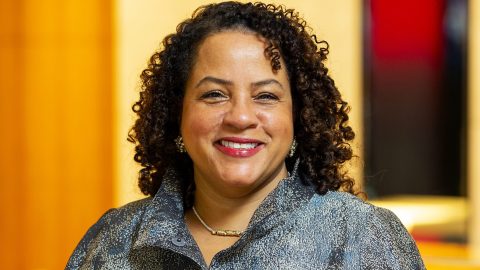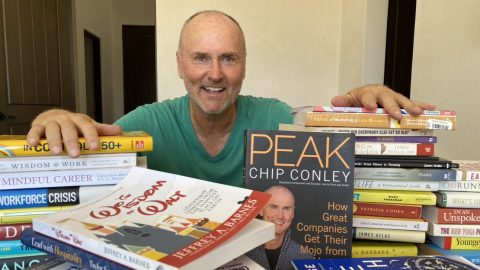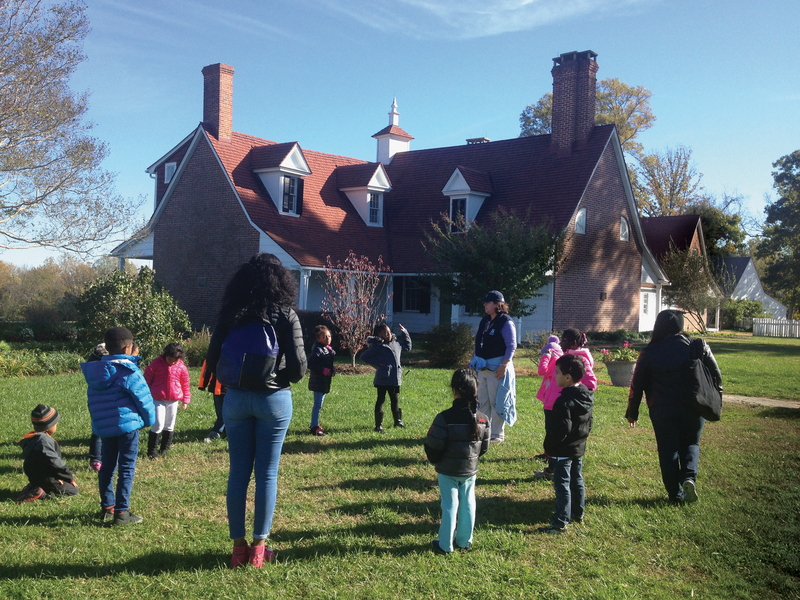
This article originally appeared in Museum magazine’s March/April 2023 issue, a benefit of AAM membership.
After a reinterpretation process, Historic Sotterley now tells the stories of all the people who lived on its land.
Storytelling is one of the most elemental functions of museums. Far more than simply providing facts, storytelling provides context for curated items and places by bringing to life the people they represent. But what do you do when you realize your stories are not as inclusive, honest, or transparent as they should be? Where does the change need to begin?
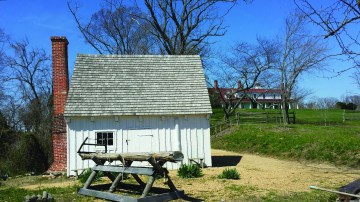
Historic Sotterley, which includes a circa 1703 historic house, 1830s slave cabin, and more than 20 other authentic structures on 94 acres in Hollywood, Maryland, was faced with this challenge. Sotterley today is a museum site with five full-time and seven part-time positions, a National Historic Landmark, and a UNESCO Site of Memory for the Routes of Enslaved Peoples that interprets 300 years of our shared history, including the realities of slavery that existed on this former plantation for over 160 years. Sotterley did not always tell this full story.
While Historic Sotterley is still improving how we connect to visitors, we have accomplished a lot since we began our reinterpretation process. This journey has not been easy because many of the stories can be difficult to tell. But, as many other museums and historic sites are realizing, it’s a critical undertaking.
Where We Were
Sotterley’s last owner, Mabel Ingalls, who passed away in 1993, deeded the site to the nonprofit she had created during her lifetime. The board of trustees soon realized, however, that Sotterley’s visitation revenue did not cover its many expenses, and the board contemplated selling the site. In 1996, Sotterley was designated as one of “America’s 11 Most Endangered Places” by the National Trust for Historic Preservation.
Many people came to Sotterley’s aid during this time, but two remarkable board members stood out: John Hanson Briscoe, former Maryland Speaker of the House, who was descended from the last enslaved-owning family, and Agnes Kane Callum, noted genealogist and researcher of Black history in Maryland, who was descended from those who were enslaved at Sotterley by Briscoe’s family. These unlikely descendant allies and good friends brought attention to the site, and this helped the board procure key grants and donations that offered the breathing room needed to set up membership, donor, and event programs to provide a revenue stream. Furthermore, they started a model for descendant engagement that has continued over the past quarter of a century.
The stories Sotterley first told were derived largely from those passed down over the past century. While some were based on facts about the site, they also included many Colonial Revival stories (romanticized stories of the past sometimes only loosely based on facts), legends, and myths similar to those from other historic sites across the nation. They primarily focused on the manor house and the owners, engaging visitors with tales of hiding from pirates in secret passages and carving names into windows with diamond engagement rings.
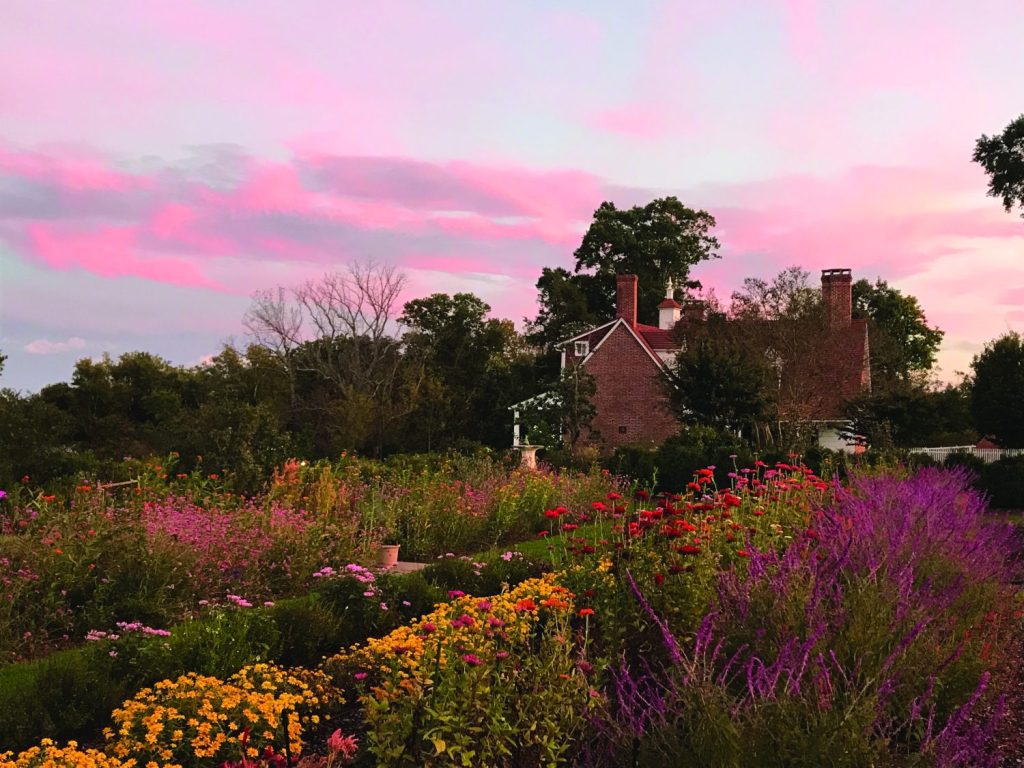
Because Callum had provided Sotterley with research and oral histories, slavery was mentioned on tours, though often in ways that perpetuated the “benevolent owner” myth that so many plantation sites chose to tell. Interestingly, the education programs, which are still serving students today, were founded on Callum’s research and included more information about slavery and the lives of the enslaved. While the organization wanted to be more inclusive in the way it told its stories throughout all of its programming, figuring out where to begin was daunting.
Our Storytelling Evolution
Our first step was to start a reinterpretation plan. Should Sotterley still cover 300 years—a large span of time to handle interpretively? What should be Sotterley’s core stories and messaging? And just as important as deciding what needed to be included, we had to choose which stories would now be set aside.
Through a grant, we hired a consultant to help answer these questions. In the end, the consultant determined that covering the expansive time period was important since Sotterley was not tied to one person or one era. The site needed to talk about all who had lived and labored at Sotterley, from its earliest days when slavery was the economic driver to the years that followed when Sotterley and the nation continued to be shaped by it.
Some things became obvious when we holistically looked at Historic Sotterley’s practices and operations. Only those who came for a guided tour of the site would know or understand its ties to slavery. People who took self-guided tours experienced the site’s beauty and the authenticity of its structures, but they did not come away with the knowledge that slavery existed there or gain an understanding of the lives of the enslaved.
We realized that not only did we need to overhaul the tour, but we needed to ensure that slavery was covered across all platforms—in the tours (both guided and self-guided), exhibits, signage, brochures, programming, and website. One project at a time, as funding for projects became available through grants and donations, Sotterley started to change its interpretations.
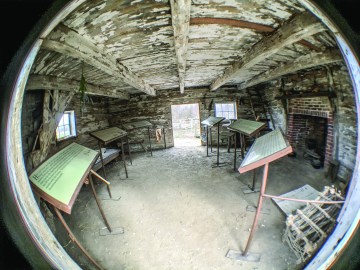
One of the most significant changes happened when Sotterley was awarded an IMLS grant to create a new guided tour, a new self-guided tour, and an introductory video to be used both on the website and in the visitor center. This would help ensure that all visitors learned the realities of Sotterley’s history no matter how they chose to experience the site. The next step was choosing a team to lead this reinterpretation.
Few processes are more painful for a museum than a tour revision. Even in a museum dedicated to giving a more honest and inclusive interpretation, docents, donors, and supporters who are passionate about historic architecture or collections can be reluctant to give up favorite elements of the guided tour to make room to tell more difficult stories.
We assembled a team to work through our tour revision process that included the project director of the grant, who was a college professor and former trustee; several current trustees, two of whom were docents and served on the Education Committee; Sotterley’s Education Director and Executive Director; and a consultant who was a museum studies specialist. Their work was guided by these foundational questions: What takeaways should every visitor have at the end of every tour? Would visitors gain a more honest understanding of the past from the revised tour?
After the revision was finalized, we needed to retrain the docents, including requiring sensitivity and awareness training. Not all docents were comfortable relaying the new stories, and some left their roles. But those who continued became invested in the new material and more comfortable with it over time.
Descendants Leading the Way
This first critical step led to other changes. Historic Sotterley has recrafted its signage and brochures, overhauled its website, and created new programming and living histories, such as “The Choice,” which told of the enslaved who escaped to fight for the British in the War of 1812. We installed permanent exhibits: “Land, Lives and Labor” brings to life the people upon whose backs the site was built, and the Slave Cabin exhibit allows all visitors inside this hallowed space. Each addition has brought Sotterley one step closer to its goal of providing every visitor with a holistic and inclusive interpretation of our past, but there is still much to accomplish.
Over the years, more descendants have become part of board leadership, served on committees, and taken part in programming. Their ancestors represented all aspects of Sotterley’s past: enslaved, owners, and post-emancipation laborers. Historic Sotterley began a formal Descendants’ Project in 2017 and now has over 200 self-identified descendants who are part of Sotterley’s ongoing story. Their personal stories, genealogical research, and knowledge are shaping how Sotterley’s stories are being told. They have been some of our best sources of new information about our history, which we have incorporated into our tours and educational programming.
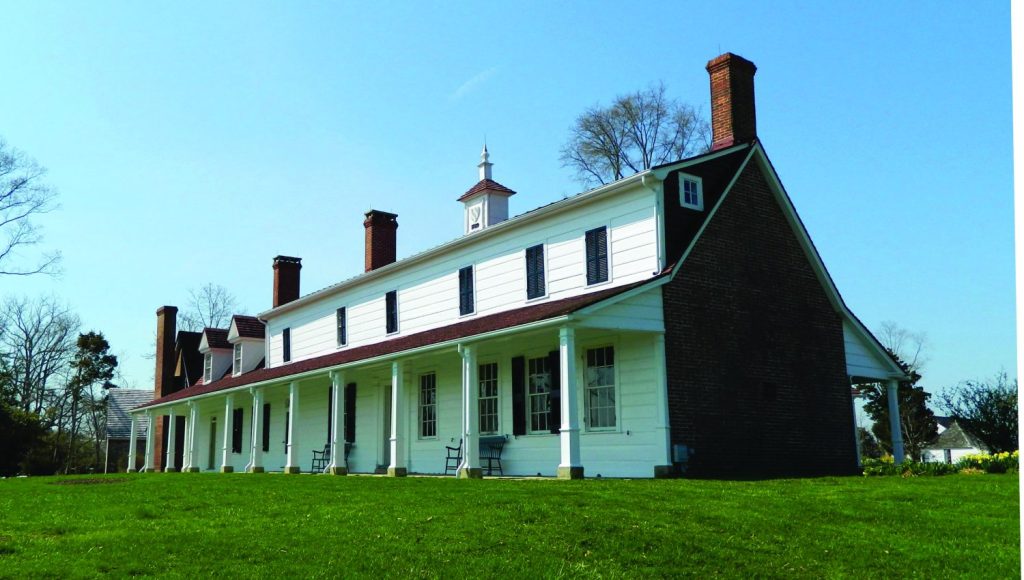
Most importantly, the descendants project provides a model for how people can come together in honest dialogue to foster understanding and healing. Sotterley’s Common Ground Initiative, now in its fourth year, does just this by bringing people together to provide education and resources that foster dialogue, promote social equity, and open a path to healing. Descendant involvement and leadership in this initiative are creating a way for people to learn about our shared history through a perspective other than their own.
Storytelling can seem like such a basic element of a museum’s mission, but museums must have the courage and conviction to invite the right stakeholders into the process. Only then can you give voice to the honest and inclusive stories that every museum must tell.
Tour Revision Tips
Going through a reinterpretation process will affect everyone involved in your institution, particularly your docents and donors. Following is some advice for how to navigate a guided tour revision.
Clearly define why a new tour is needed. What are the problems with the current interpretation, and what are the goals for the new interpretation?
Bring the right stakeholders into the process. Who does the organization need to be part of the process? This may not be the same people who want to be involved. Bring in an outside consultant to navigate this. Do not try to tackle this internally; you need an objective, outside voice with experience in this process to mediate and guide the group.
Be prepared to make hard choices. Not everyone will be happy when certain elements are added or no longer included. Be as transparent as possible about why the changes must be made.
Provide the necessary training for docents so they become comfortable with the material. Some docents may decide to move on. Honor their service and continue with the new interpretation.
Be as transparent as possible with donors about the change. Have your interpretive team work with the development team to ensure they are well-versed in what is taking place and why. That said, accept that you may still lose some donors who are unwilling to embrace the change.
Include the changes you make in all elements of your site’s interpretation. This will not be easy as it dictates that the website, along with many brochures, signage, and programs, will need to change. Prioritize and tackle these projects one by one.
Celebrate your hard work. This process might be difficult, but your stories will be more inclusive and will better serve your mission.
